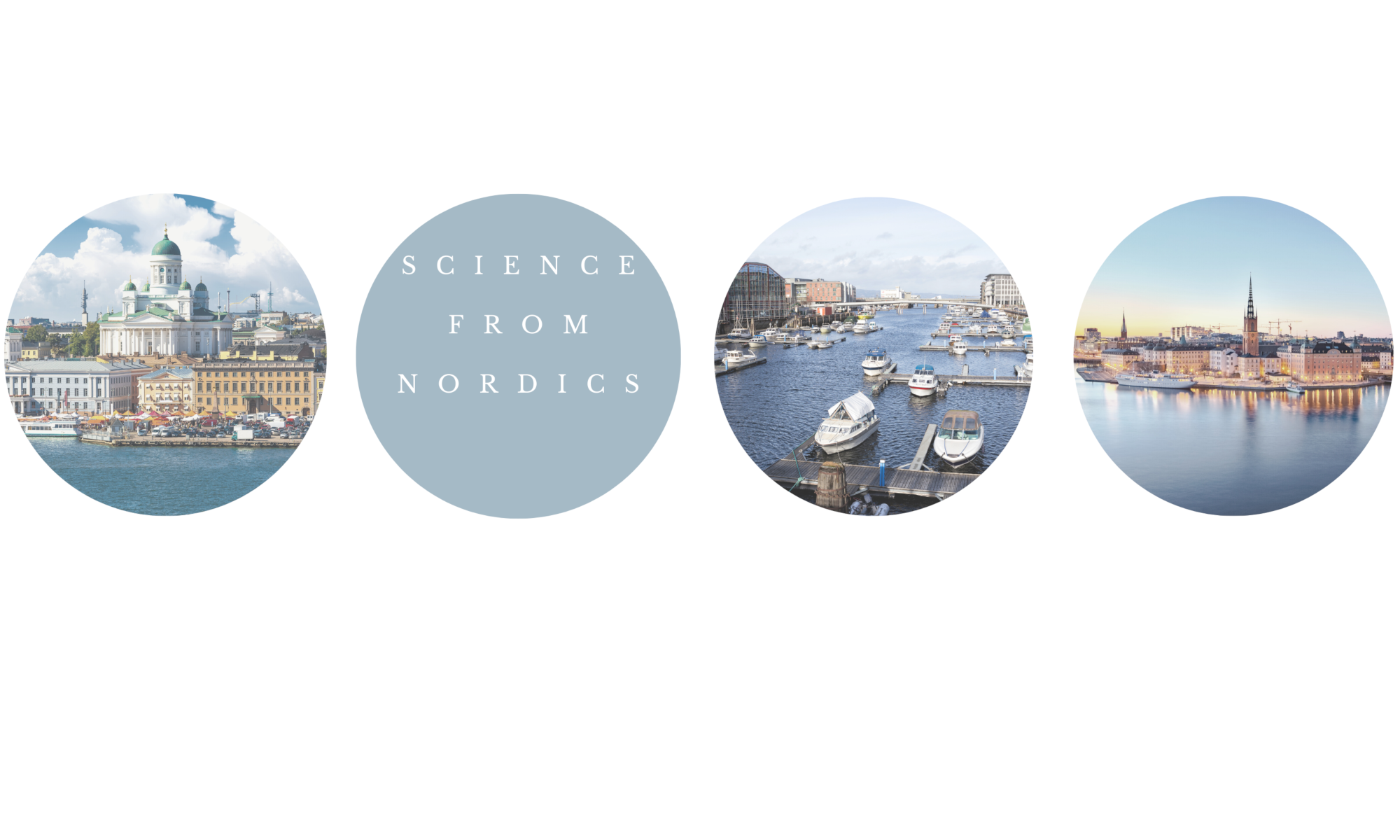Our third face-to-face meeting within the TEFLON project took place in Stockholm, March 20-22. Sofia hosted the meeting at Karolinska Institutet, and the research team got to try out both the Huddinge and the Solna campus of the university.

This time, a total of 13 participants from all project partners – Aalto University, Tampere University, Oslo University, KI and NTNU – were present. The topics for discussion covered updates of learning experiments in Finland, Norway and Sweden, a shared view on user experience from the different experiments, and ideas regarding the use of the collected data. At this stage, most of the data have been collected, and the teams at KI, Tampere and Oslo are now working to process the data and prepare for analysis. This involves a lot of manual perceptual assessment, that will be used to examine potential learning effects for the users of the app. In addition, the manual assessments will be used for re-training the acoustic models that underlie the automatic rating in the app, which we hope will improve the quality of automatic ratings for future users.

In between discussions, we had time for food and drinks.
Another engaging topic during the meeting was ideas for future collaboration, both concerning coming shared publications, and for potential continuation projects. It turns out that we share interests that we were not aware of before! Hopefully, these ideas can turn into future projects!

